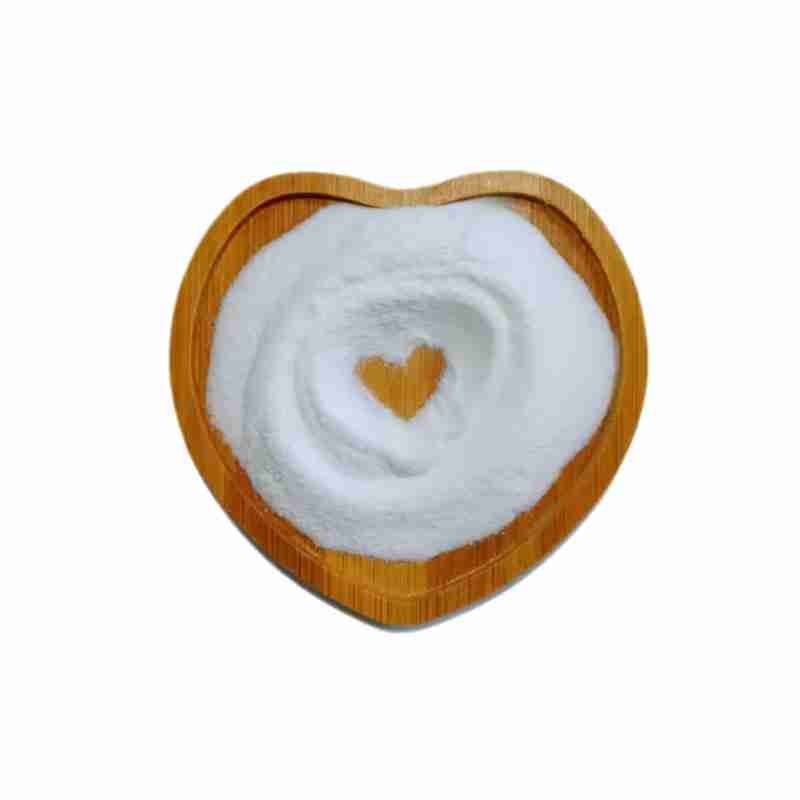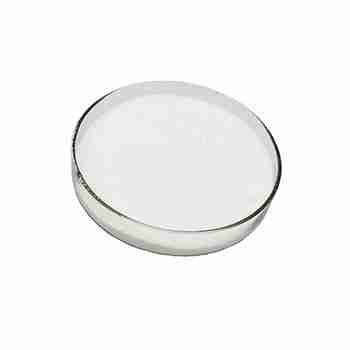2-Chloro-4-phenylquinazoline CAS 29874-83-7
Chemical Name: 2-Chloro-4-phenylquinazoline
CAS No.: 29874-83-7
Molecular Fomula: C14H9ClN2
Molecular weight:?240.69
Appearance:?Powder
Assay????99.0%
发送询盘
Description
2-Chloro-4-phenylquinazoline Quick Details
Chemical Name: 2-Chloro-4-phenylquinazoline
CAS No.: 29874-83-7
Molecular Fomula: C14H9ClN2
Chemical Structure:
Molecular weight:?240.69
Appearance:?Powder
Assay????99.0%
2-Chloro-4-phenylquinazoline Typical Properties
ITEMS
SPECIFICATION
Density
1.285??0.06 g/cm3(Predicted)
Boiling point
347.4??30.0 ??C(Predicted)
Melt point
113.0 to 117.0 ??C
Acidity coefficient (pKa)
0.24??0.30(Predicted)
2-Chloro-4-phenylquinazoline application:
2-Chloro-4-phenylquinazoline plays a role as a reagent in the synthesis of MTH1 inhibitors, which are potential cancer eradicators.
2-Chloro-4-phenylquinazoline Packaging and Shipping?
customized according to customer needs.
2-Chloro-4-phenylquinazoline Storage
It should be stored in a clean, dry and cool place, preventing from sunlight, rain.
| 5 |
|
0 |
| 4 |
|
0 |
| 3 |
|
0 |
| 2 |
|
0 |
| 1 |
|
0 |
- 2
- 2-diallylpent-4-en-1-amine
- 4
- 95-16-9
- Ammonium sulfamate
- Benzothiazole
- cas:67889-00-3ح2
- cas:83524-75-8 | pigment black 32
- cas:928836-00-4 | 2
- cas:932745-70-5 | 4
- Chemical Minerals
- Coconut diethanolamide
- Daily Chemicals
- discount
- for sale
- General pvc resin
- hexyl D-glucoside
- in stock
- Lauramidopropyl betaine
- LAURIC ACID MONOETHANOLAMIDE
- Petroleum Additives
- Plasticiser
- Ploymers
- price
- PVC
- quotation
- Raw Materal
- Remove term: Petroleum Additives Petroleum Additive
- SODIUM ETHYL 2-SULFOLAURATE
Related Products
Chemical Name:?N-(2-chloropyriMidin-4-yl)-N,2,3-triMethyl-2H-indazol-6-aMine
CAS No.:?444731-75-3
Molecular Fomula:?C14H14ClN5
Molecular weight:?287.75
Appearance:?Light yellow powder
Assay: 99 % min
Chemical Name: Quercetin-3-O-sophoroside
CAS No.: 18609-17-1
Molecular Formula: C27H30O17
Molecular Weight: 626.52
Chemical Name: 3-Hydroxybutyric acid
CAS No.: 625-71-8
Molecular Formula: C4H8O3
Molecular Weight: 104.1
Appearance: White powder
Peptides are two or more amino acids connected together and are a component of proteins. Peptides are mainly divided into three categories: signal peptides, carrier peptides, and peptides that inhibit neural signals. Signal peptides, such as palmitoyl tripeptide-1, act as messengers for cells, triggering collagen synthesis and increasing skin firmness. Palmitoyl tripeptide-1 is a small three amino acid signaling peptide with an amino acid sequence of glycine histidine lysine (GHK). GHK adheres to palmitic acid (a fatty acid) to increase its skin permeability and oil solubility.
Chemical Name: Choline salicylate
CAS No.: 2016-36-6
Molecular Formula: C12H19NO4
Molecular Weight: 241.28
Appearance: Red-Brown Crystal
Chemical Name: (S)-(+)-Glycidyl Phthalimide
Cas No.: 161596-47-0
Molecular Fomula: C11H9NO3
Molecular Weight: 203.19
Appearance: White Appearance
Chemical Name: (2-Butyl-5-nitrobenzofuran-3-yl)(4-hydroxyphenyl)methanone
Cas No.: 141645-16-1
Molecular Fomula: C19H17NO5
Molecular Weight: 339.34
Appearance: White powder
Chemical Name:?N-Methyl-4-(2-methylphenyl)-6-(4-methyl-1-piperazinyl)-3-pyridinamine Oxalic acid
CAS No.:?290297-25-5
Molecular Fomula:?C18H24N4
Molecular weight:?296.41
Appearance:?White solid
Assay??98?% min
Chemical Name: Imazalil Sulfate
CAS No.: 58594-72-2
Molecular Formula: C14H14Cl2N2O.H2SO4
Molecular Weight: 395.26
Appearance: Solid
Chemical Name: Zinc citrate
Synonyms: Zinc citrate trihydrate
CAS No.: 546-46-3
Molecular Formula: C6H8O7Zn
Molecular Weight: 257.5
Appearance: White powder
2-(4-Hydroxy-6-methylnicotinamido)-2-(4-hydroxyphenyl)acetic acid is a complex organic compound with a molecular structure that features a nicotinamide group and a phenyl ring. It is characterized by the presence of hydroxyl groups, which can form hydrogen bonds and contribute to its solubility in water. This compound is often found in the field of pharmaceuticals and biochemistry, where it may be involved in the synthesis of various biologically active molecules. Its specific applications and properties would depend on its chemical reactivity and potential interactions with other molecules in a given context.

















Reviews
There are no reviews yet.